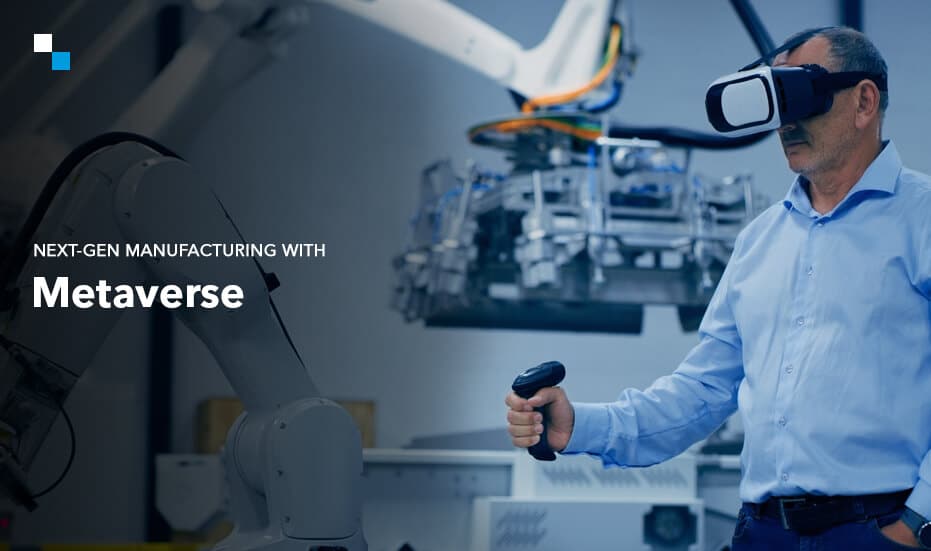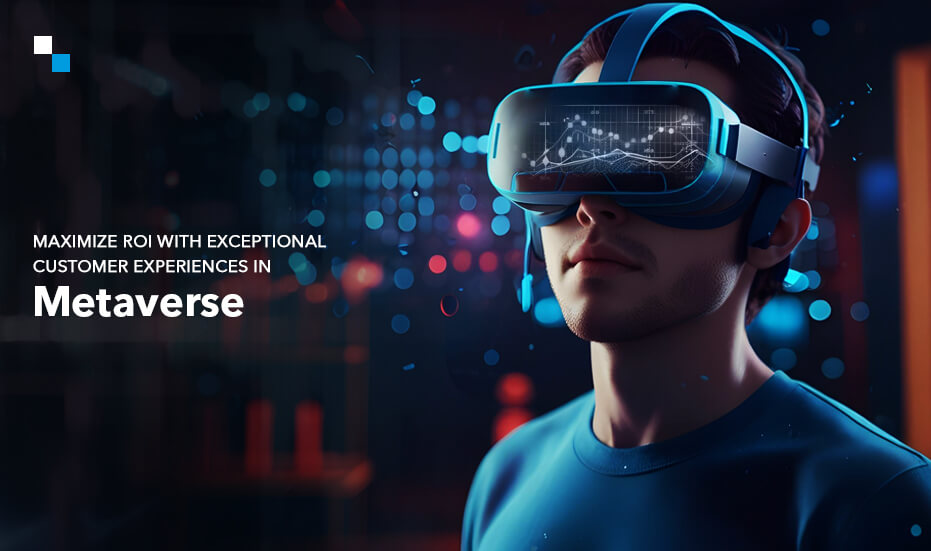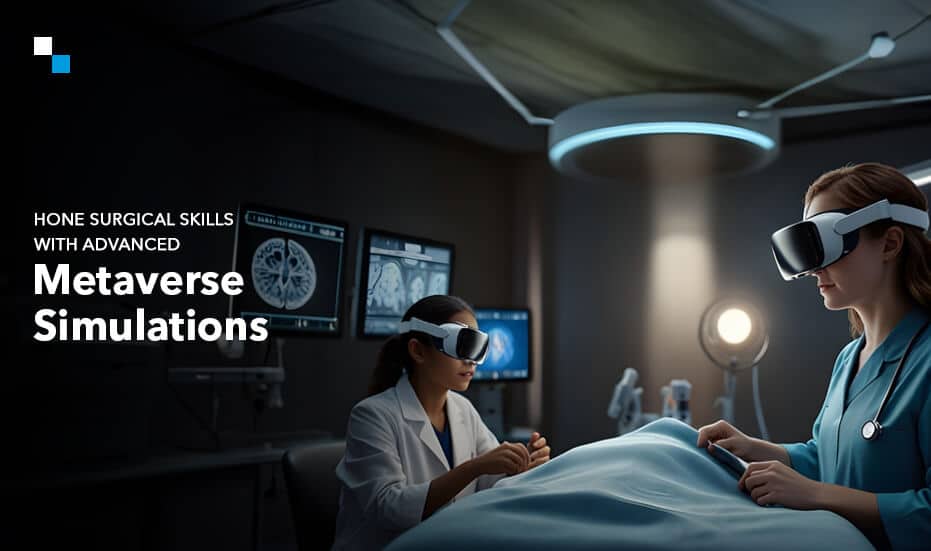
What’s Driving the Crypto Development Craze for Online Gambling in 2024?
August 8, 2024
Accelerate Banking with Fiat 24 Token
August 9, 2024Traditionally rooted in physical processes and tangible products, the manufacturing industry is at a crossroads. Growing competition, shifting consumer demands, supply chain disruptions, and the drive to adopt sustainable practices have all contributed to a complex business environment.
The Metaverse has the potential to solve many manufacturing problems. By utilising immersive technologies, manufacturers can optimise supply chains, improve product development, streamline operations, and develop whole new business models. This blog delves into the compelling reasons why manufacturers should invest in Metaverse Manufacturing Development.
Let’s get started!
How Metaverse In The Manufacturing Industry Are Reshaping the Factory Floor?
The Metaverse for Manufacturing connects the digital and real worlds, and is reinventing the way factories run, from production and design to workforce training and maintenance. Let’s explore this in detail:
Digital Twins
Digital twins are the fundamental idea behind this change. These digital copies of real assets—from machinery to whole production lines—are giving manufacturers previously unheard-of insights into how their operations are carried out.
- Digital twins can anticipate equipment failures by analysing real-time data from sensors. This enables proactive maintenance and reduces downtime.
- By simulating various production scenarios in the Metaverse, one can find inefficiencies and bottlenecks that can be streamlined to improve productivity and operations.
- Digital twins can undergo virtual quality checks and inspections, which lowers errors and raises product standards.
Augmented Reality (AR)
The way that employees engage with the factory environment is being revolutionised by AR.
- Augmented Reality (AR) enhances efficiency and accuracy by superimposing digital information, like maintenance data for equipment or assembly instructions, directly onto the worker’s field of view.
- With AR, experts can solve complicated problems quickly for factory floor workers by giving them real-time guidance.
- Workers can learn new skills more quickly and effectively with the help of AR-based training simulations.
Virtual Reality (VR)
Virtual reality is revolutionising the process of designing and developing products.
- In virtual spaces, design teams can work together, evaluating and improving product designs in a way that is very interactive and engaging.
- The cost of physical prototyping is decreased and the product development cycle is accelerated through the creation and testing of virtual prototypes.
- Virtual reality (VR) has the potential to mimic work environments and detect potential safety hazards or ergonomic risks.
Supply Chain Optimization
Supply chain management is also being transformed by the Metaverse for manufacturing.
- Improved visibility, cooperation, and risk management are made possible by digitising the whole supply chain.
- Demand fluctuations can be predicted and inventory levels can be optimised with the aid of data analysis from virtual supply chain models.
- It is possible to find areas for cost savings and increase delivery efficiency by simulating various logistics and transportation scenarios.

Digital Twin Factories: The Future of Smart Manufacturing with Metaverse
A digital twin factory is a living, breathing replica of the actual facility, not merely a virtual model. It continuously gathers information from factory floor sensors and systems, feeding it back into the digital twin to generate a precise and current virtual world. Metaverse in the manufacturing industry offers a multitude of advantages that can revolutionize the manufacturing landscape.
Enhanced Decision Making
- Digital twins provide real-time data on production rates, quality metrics, and equipment performance, enabling data-driven decisions.
- Through the analysis of both historical and current data, manufacturers are able to predict equipment failures, optimise inventory levels, and anticipate fluctuations in demand.
- By simulating various scenarios, one can detect possible risks and create backup plans, which minimises downtime and financial losses.
Optimized Production Processes
- Producers can identify bottlenecks and possible areas for improvement by modelling and improving their production procedures using digital twins.
- By streamlining processes and eliminating waste, digital twins contribute to lower costs and higher production.
- It is simpler to quickly adapt to changing customer needs and product iterations when using digital twins.
Accelerated Product Development
- Digital twins allow for the creation and testing of virtual prototypes, reducing physical prototyping costs and time-to-market.
- Manufacturers can optimise product design for cost-effectiveness, functionality, and durability by simulating product performance under various scenarios.
- Higher product quality results from the early detection of possible quality problems during the product development process thanks to digital twins.
Enhanced Maintenance and Asset Management
- Digital twins enable predictive maintenance, which lowers unplanned downtime and lengthens asset lifespan by tracking the health of equipment in real-time.
- Digital twins help determine optimal maintenance intervals, maximizing equipment uptime and minimizing maintenance costs.
- By analyzing equipment usage patterns, manufacturers can optimize spare parts inventory levels.
Improved Supply Chain Visibility
- Digital twins provide a holistic view of the supply chain, from raw material sourcing to final product delivery.
- Manufacturers can find ways to lower costs, expedite deliveries, and reduce risks by modelling various supply chain scenarios.
- With the aid of digital twins, demand fluctuations can be predicted, improving production scheduling and inventory control.

How Antier Can Help?
Manufacturers can achieve previously unheard-of levels of efficiency, innovation, and competitiveness by embracing the Metaverse for manufacturing technologies like digital twins, augmented reality, and virtual reality. Although there is still work to be done before a fully functional Metaverse factory is achieved, early adopters are already benefiting. Manufacturers need to keep up with the latest developments in technology and investigate the potential advantages of this revolutionary digital frontier as it becomes more widely available.
Antier, with its deep expertise in digital transformation and metaverse manufacturing development solutions, is well-positioned to guide businesses through their journeys. Our comprehensive range of services, including digital twin development, AR/VR and data analytics, can help manufacturers harness the power of the Metaverse. By partnering with us, manufacturers can accelerate their digital transformation and gain a competitive edge in the evolving market.
Explore our Solutions. Discover how Antier can help you implement the Metaverse!



